“Bullying prevention is not just a weeklong event in October”: Author Q&A with Lori Ernsperger
October 15, 2015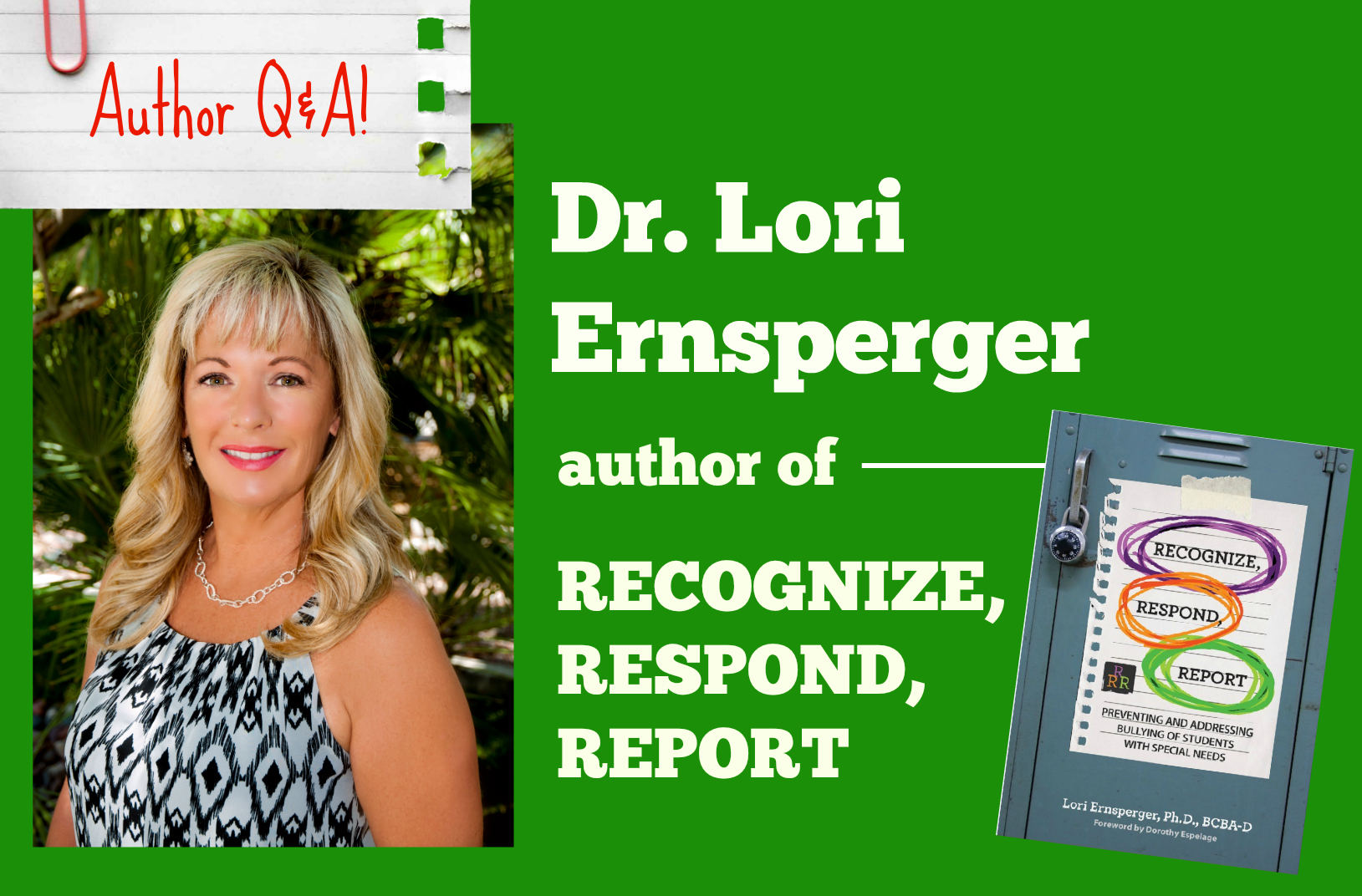
It’s National Bullying Prevention Month, so this week the blog is featuring tips and insights from Recognize, Respond, Report, our newest book on addressing bullying and disability-based harassment in schools. On Tuesday, we brought you 14 anti-bullying tips from the book, including advice on helping bystanders, victims, and students who exhibit bullying behavior. Today I’m excited to interview Dr. Lori Ernsperger, the author of Recognize, Respond, Report. She shares what schools can do to reduce the incidence of bullying– now, and long after National Bullying Prevention Month is over.
Q1: Welcome to the blog, Lori! I’d like to start with this basic but very important question: For schools that know change is needed but don’t know where or how to start, what are the first steps to beginning an organized anti-bullying effort?
A: The most important step when beginning a school-wide bullying prevention program is creating a team of dedicated school professionals, parents, students, and community stakeholders. This can be done by requesting and reaching out to students who represent a range of different groups such as those students with disabilities. The team should also include community members that are interested in organizing and supporting school-wide events.
Bullying prevention is not just a weeklong event in October. It requires carefully planned interventions throughout the school year. A school safety team provides consistency and sustainability for long-term implementation. The second step is to create and distribute surveys to collect data from teachers, students, and parents as to the current needs of the school. Each school brings its unique strengths and challenges. It is futile to address bullying as a one-size-fits all model. Only through a needs assessment can the school safety team determine interventions that are based on the data from students and parents. Surveys can be short and inexpensive, only requiring a few minutes of instructional time to collect data that will contribute to reducing bullying in school.
Q2: In your book, you offer a framework for addressing bullying: Recognize, Respond, Report. Can you talk a bit about how you developed the framework and how it can help schools reduce the incidence of bullying behavior?
A: As I considered how to synthesize the research currently available in the field of bullying prevention, I wanted to provide the reader with an easy to remember framework for understanding the content. Dividing the book into Recognize, Respond, Report seemed to make the most sense for the reader to easily recall and implement the information. In order for school leaders and teachers to reduce the prevalence of bullying in schools, they must have the conceptual knowledge and technical language to implement evidence based practices and interventions. If every teacher, principal, and school support personnel can recognize, respond to, and report bullying, it would significantly reduce the rates of bullying.
Q3: Is there a difference between the way schools should address bullying of students with special needs and the way they address bullying of typically developing students?
A: Yes, students with special needs have additional protections under three federal laws. As clearly explained in the book, schools are responsible for creating a safe learning environment free of disability-based harassment. The Office of Civil Rights can investigate and find school personnel in violation of these laws if they have not adequately prevented bullying of a student with a disability. A student with a disability includes students found eligible under IDEA and Section 504. If bullying has occurred involving a student with disability, school personnel must also carefully monitor and prevent any future incidents or retaliation.
Q4: What are some ways teachers and administrators sometimes unwittingly contribute to a culture of bullying in a school?
A: First, school personnel can contribute to the culture of bullying by denying the prevalence and impact of bullying. Unfortunately, bullying has long been held to be a rite of passage or “kids being kids.” There has been progress with all 50 states now having anti-bullying laws. There has been a significant shift in the view that bullying is not just part of normal childhood development, but a significant safety issue facing our schools.
Second, school personnel who give tacit approval to bullying behaviors by looking the other way or telling victims to “just walk away” or “don’t worry about it.” Name-calling and social exclusion are types of bullying and should be addressed within the written school policy and implemented with a high degree of fidelity by all staff.
Q5: What are the characteristics of a school that effectively stops bullying before it starts? If you walked in, what might you see in terms of the physical environment, the actions and attitudes of staff, and the behaviors of the kids?
A: One indicator of a positive school climate would be the presence of school personnel who are interacting respectfully with all students in the hallways, outside, and lunchroom. Positive interpersonal relationships between students and staff is critical to creating a climate free of bullying and harassment. School personnel are role models and should be demonstrating respect and tolerance across all settings. If a teacher observes an incident of name-calling or peer conflict, the adult should respond in a clear and concise manner that expresses the adopted school policies but also avoids aggression. The physical environment would also include student work and student achievements, to include more than just trophies for sports. There should be diversity in the positive achievements of students that would include students with disabilities.
Second, schools that post or hang commercially purchased posters for anti-bullying are missing a huge opportunity for students to take ownership of the school’s anti-bullying campaign. Student created posters, poetry, and pledge drives are a core component for an effective bullying prevention program. Students in all grade levels should be involved in the anti-bullying campaign and that should be highly evident in the environment. These are just a couple of observable actions, bullying prevention includes a multitiered response with school-wide procedures, classroom activities and individualized interventions.
Q6: What else can you tell us about your book and how it can help schools with bullying prevention efforts? Do you have a Recognize, Respond, Report success story you’d like to share?
A: What I love about this book is the integration of research, practical strategies, free online resources, websites, and student voices–all of which can be utilized immediately. Regardless of the group of students you work with, you will find it easy to implement interventions for your grade level.
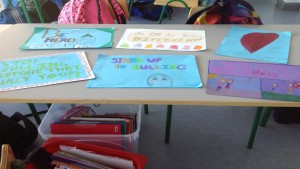 I have had the privilege to work with many amazing teachers across the globe. I had a teacher in Ireland participate in a training I provided based on the content of the book. The following day she had to unexpectedly substitute for another teacher’s classroom and had nothing planned. So she quickly implemented an activity from the book and was so thrilled with the student response that she sent me a picture. As an advocate of children with disabilities and a consultant for teachers, it is this kind of action by teachers and responses by students that keeps me going after 30 years in education.
I have had the privilege to work with many amazing teachers across the globe. I had a teacher in Ireland participate in a training I provided based on the content of the book. The following day she had to unexpectedly substitute for another teacher’s classroom and had nothing planned. So she quickly implemented an activity from the book and was so thrilled with the student response that she sent me a picture. As an advocate of children with disabilities and a consultant for teachers, it is this kind of action by teachers and responses by students that keeps me going after 30 years in education.
Thanks so much to Lori for being here today and answering these questions on bullying prevention. You can learn more about Recognize, Respond, Report and read a free excerpt of the book here.
Lori wrote a powerful foreword to her book called “The Silence of Others.” We’ve formatted it as a shareable handout–you can read it and print your own copies right here. It’s a must-share, especially during National Bullying Prevention Month.
Miss Tuesday’s post? Read on for 14 anti-bullying tips from Recognize, Respond, Report, plus a free poster for your classroom!

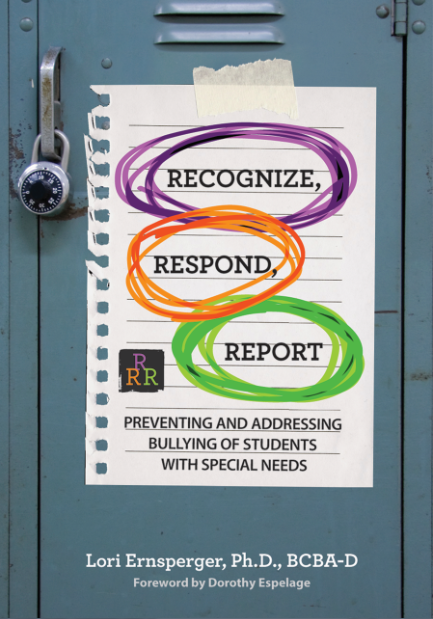
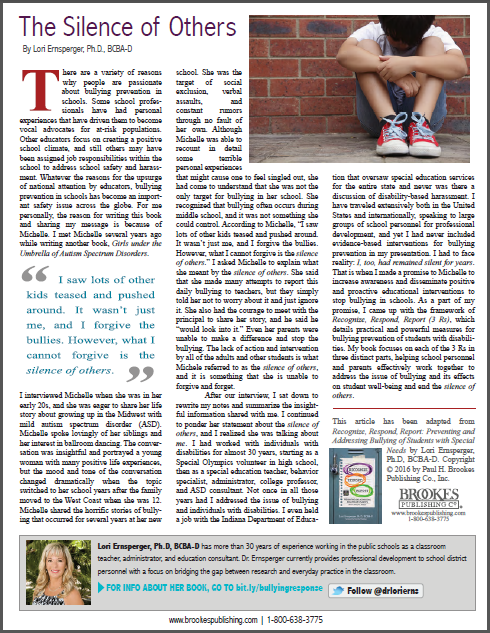
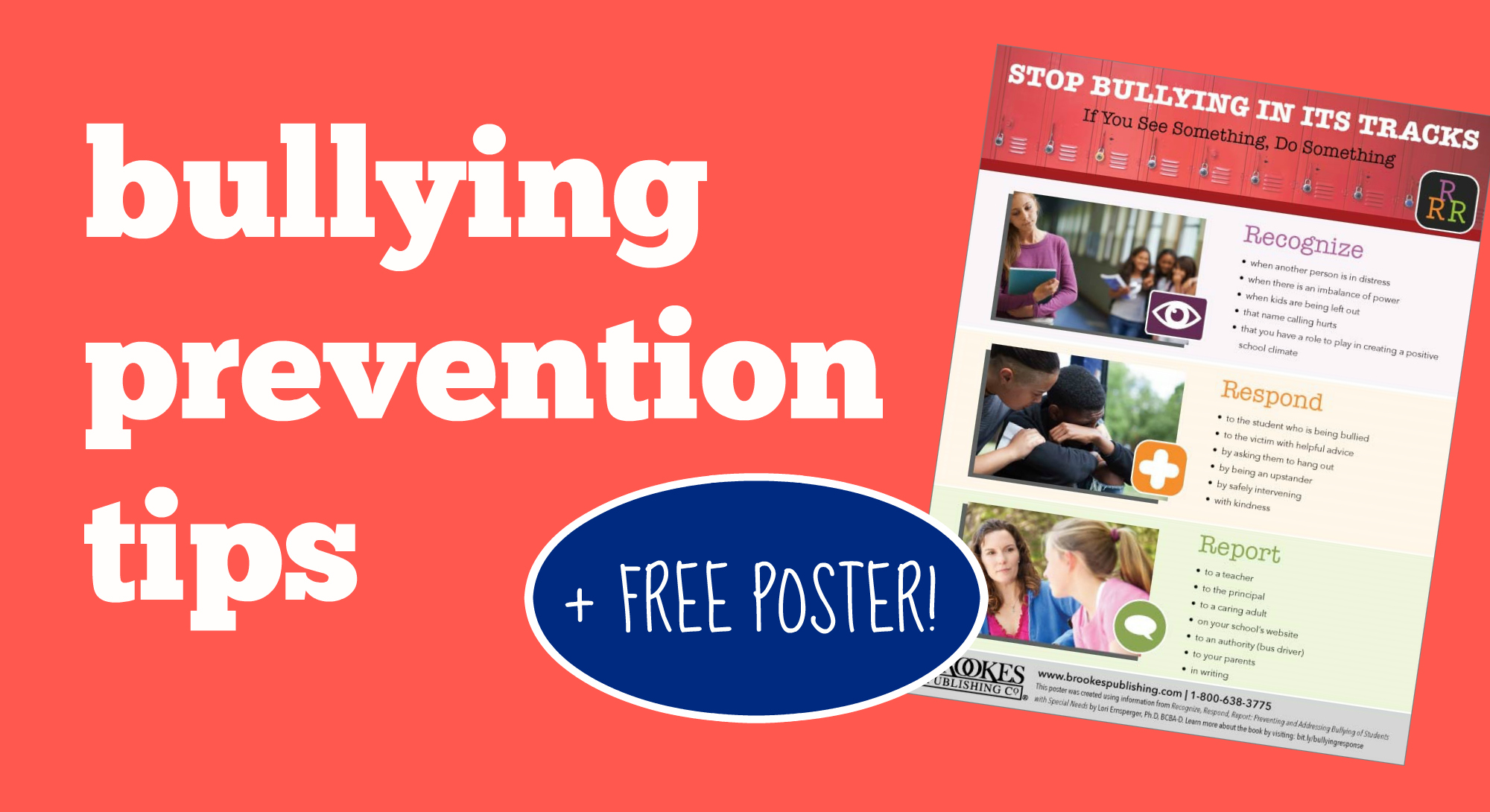
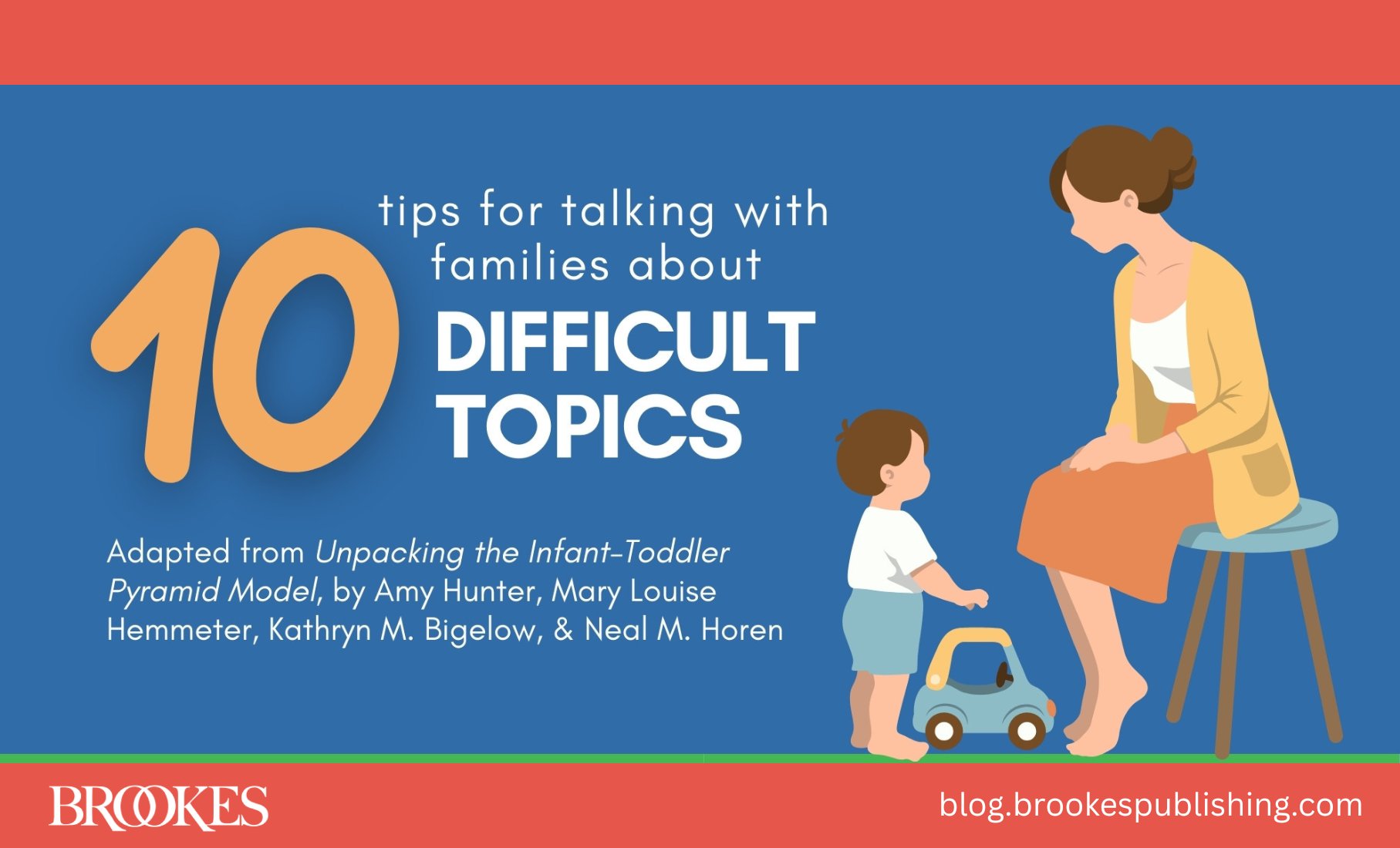
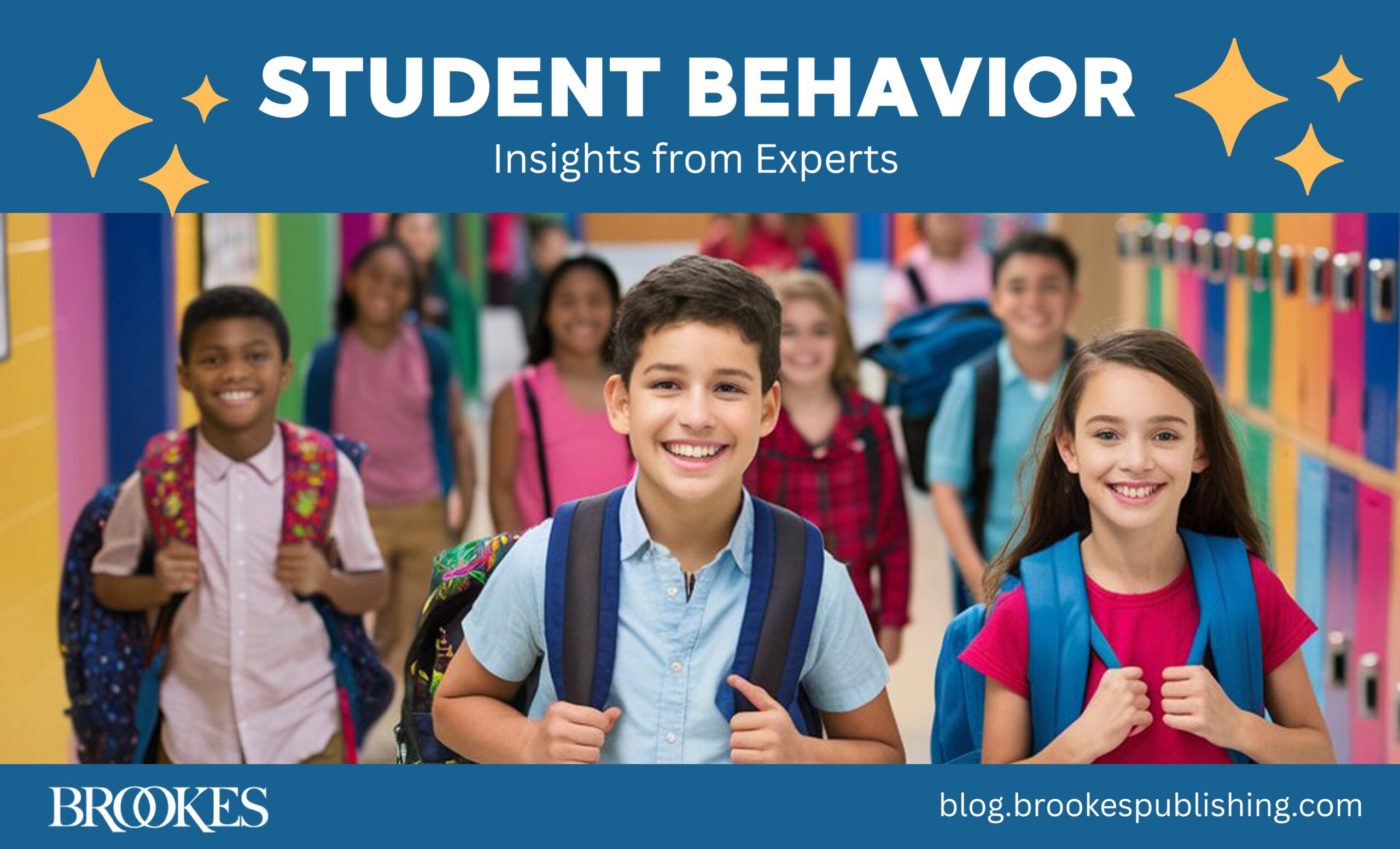
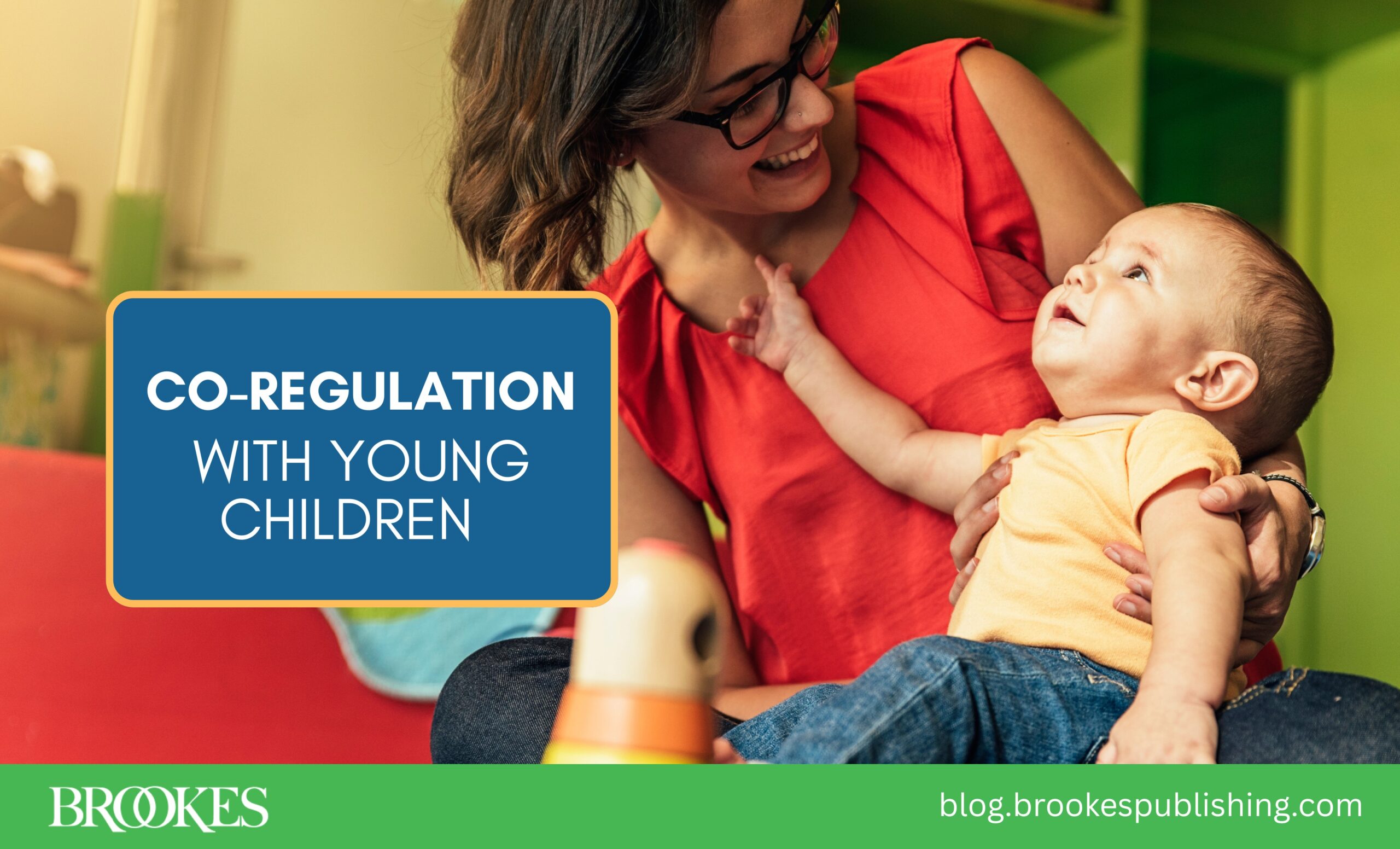
Write a Comment
Your email address will not be published. Required fields are marked *
Post a Comment